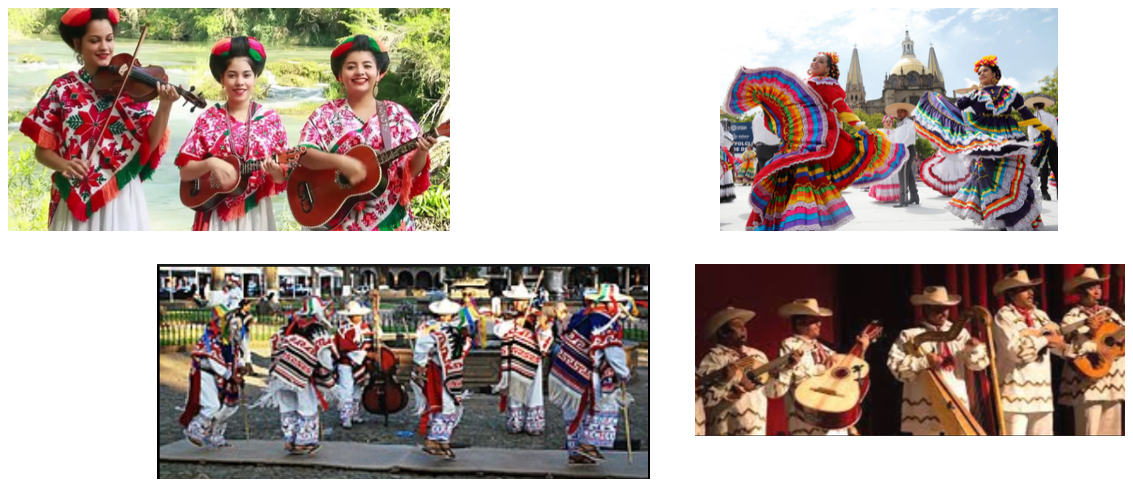MEXICO

• Mexico is famous for its vibrant wrestling scene known as Lucha Libre. The wrestlers, or luchadores, wear colorful masks and often have dramatic personas. It’s a unique blend of athleticism and theatrics, making Lucha Libre both entertaining and humorous.
• While not exactly funny, Mexico’s Day of the Dead (Dia de los Muertos) is known for its lively and vibrant celebrations. Families create colorful altars to honor deceased loved ones, complete with offerings of their favorite foods and drinks. The atmosphere is festive, with music, parades and even humorous anecdotes about the departed.
• In Xochimilco, there’s an island known as “Isla de las Muñecas” (Island of the Dolls). The island is covered with thousands of dolls hanging from trees, many of them weathered and disheveled. The story behind the island involves a man who started hanging dolls to appease the spirit of a drowned girl. While the tale is eerie, the sight of the dolls can be strangely amusing and intriguing.


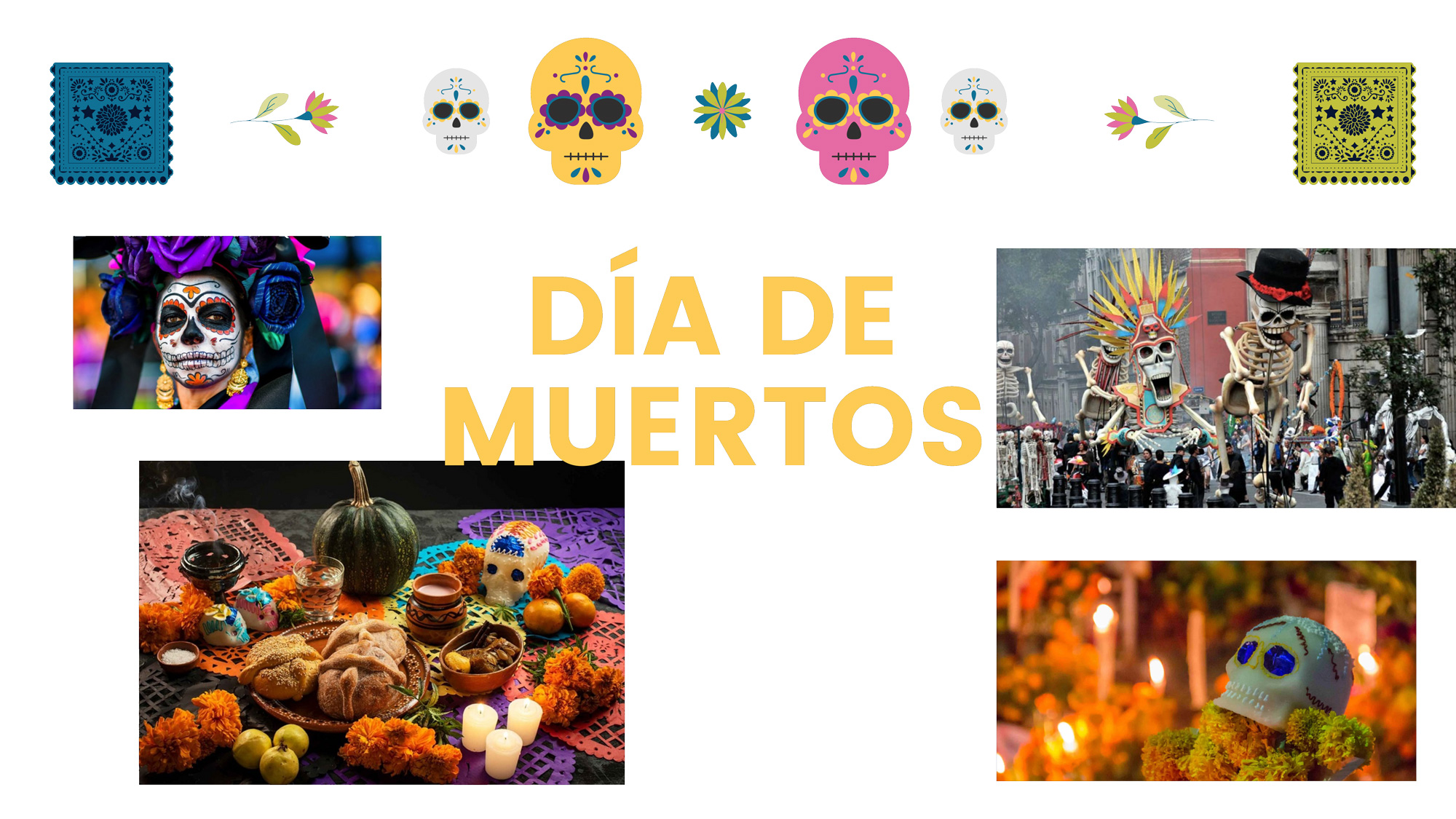
DÍA DE MUERTOS
This tradition takes place on November 1st and 2nd of each year. The Day of the Dead fills the streets of all cities and municipalities, and Mexican homes with color. One of the interesting things about Mexico is that this holiday lasts two days. The first day is when children are remembered and the second day is when adults are remembered.Honoring and showing respect to the dead is a Mexican custom that has been maintained and transmitted from generation to generation. The representative elements of the ofrendas are the cempazúchitl flower, papel picado, incense and food to the liking of the honorees, as well as sugarskulls with the names of the living. The traditions of this celebration include visiting the cemeteries ofour departed loved ones, cleaning the graves and placing flowers. One of the most outstanding customs is to place an altar to welcome the deceased who visit us these days.
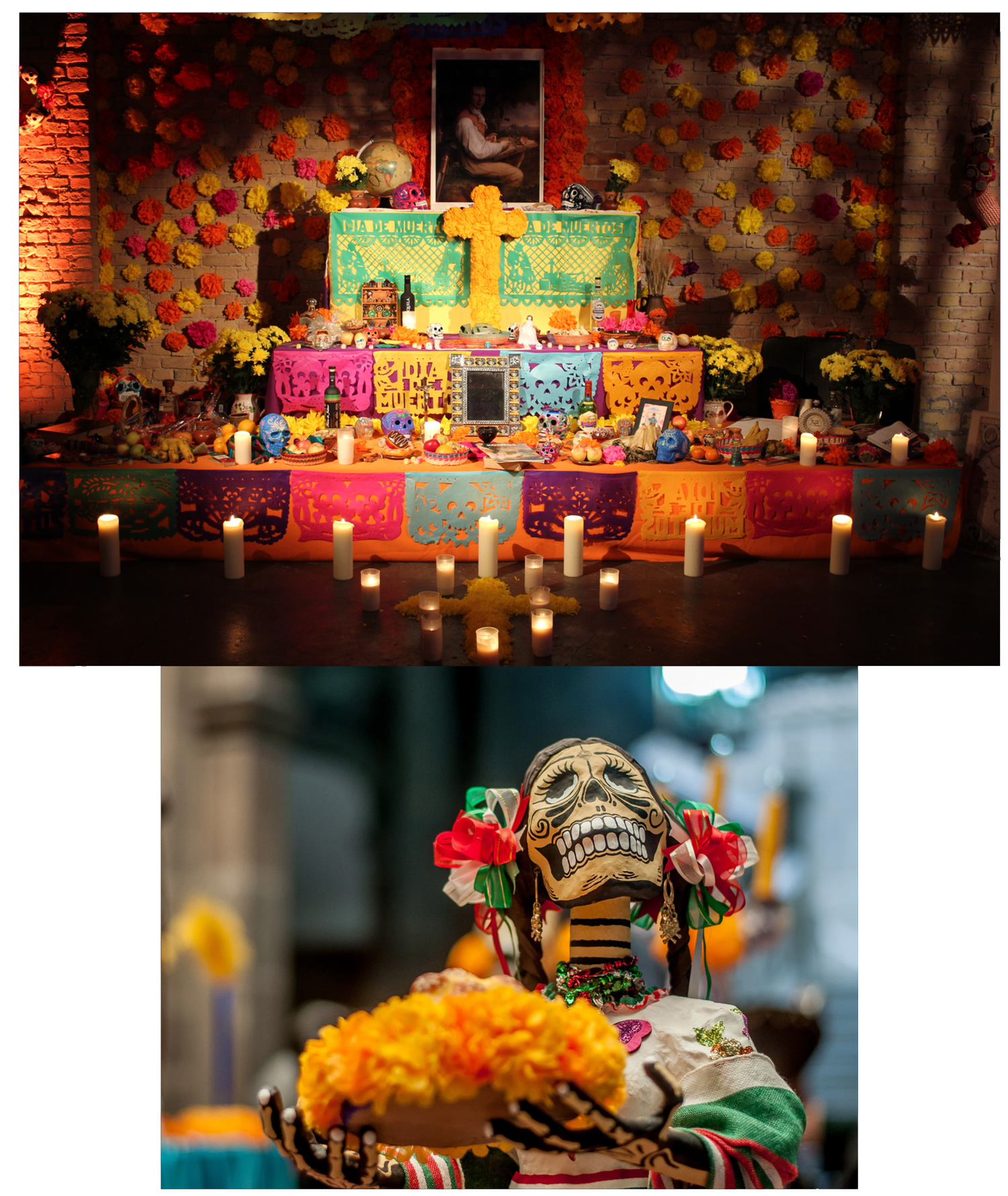
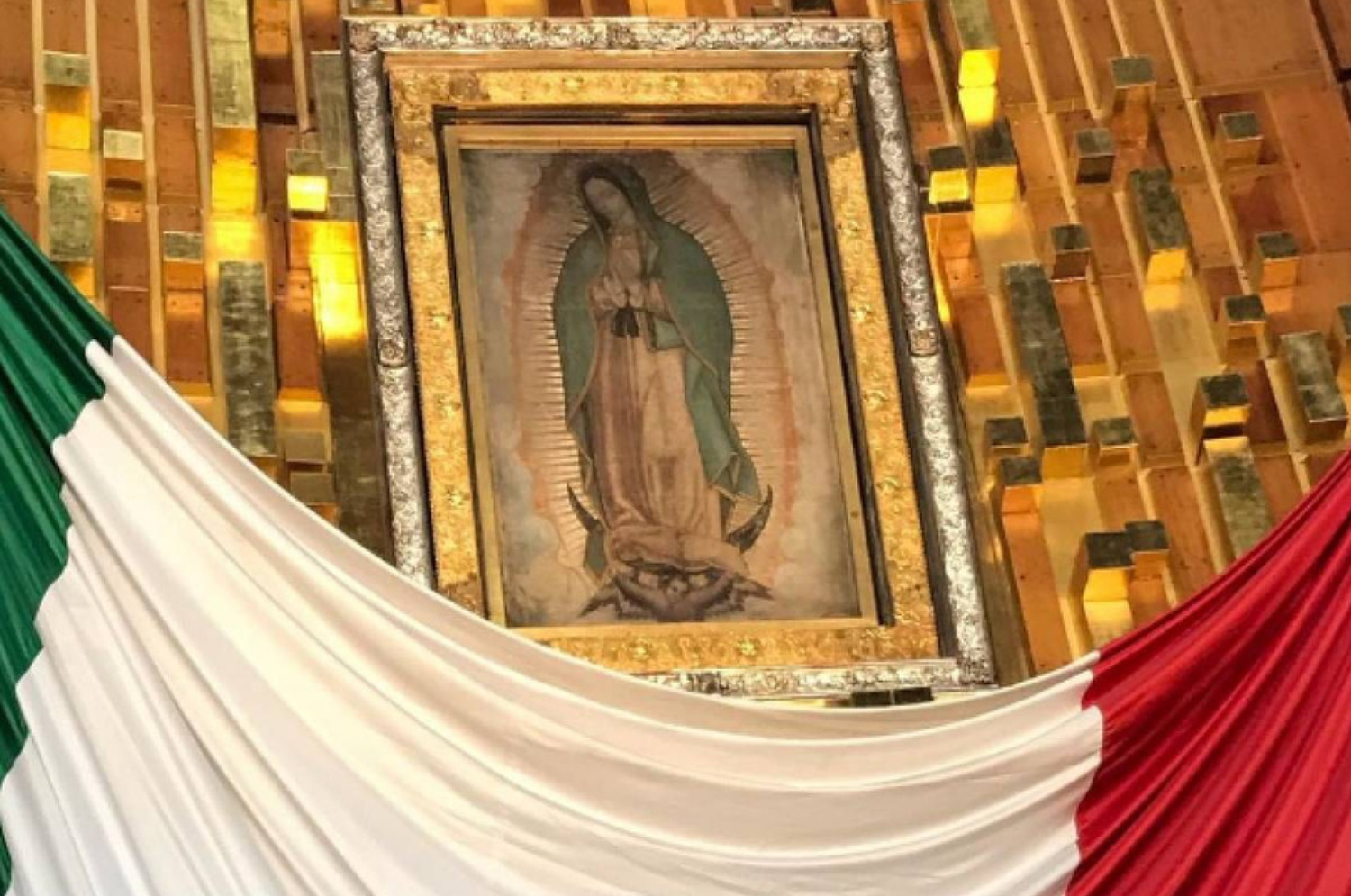
DÍA DE LAVIRGEN DEGUADALUPE
In Mexico, the Catholic religion is deeply rooted in culture. The celebrations surrounding feast day of Virgin Guadalupe are beginning Christmas celebrations. This day is celebrated on December 12 as it the date of last apparition Virgin to San Juan Diego hill Tepeyac. It is customary that on December 11, at 6:45 pm, the celebrations begin with serenades and other tributes. At 12:00 am musicians artists sing traditional “mañanitas ” to the virgin. During the day churches and parishes see arrival of a great influx people to attend programmed masses. In several places country pilgrimages are made in order reach Basilica Guadalupe Mexico City.
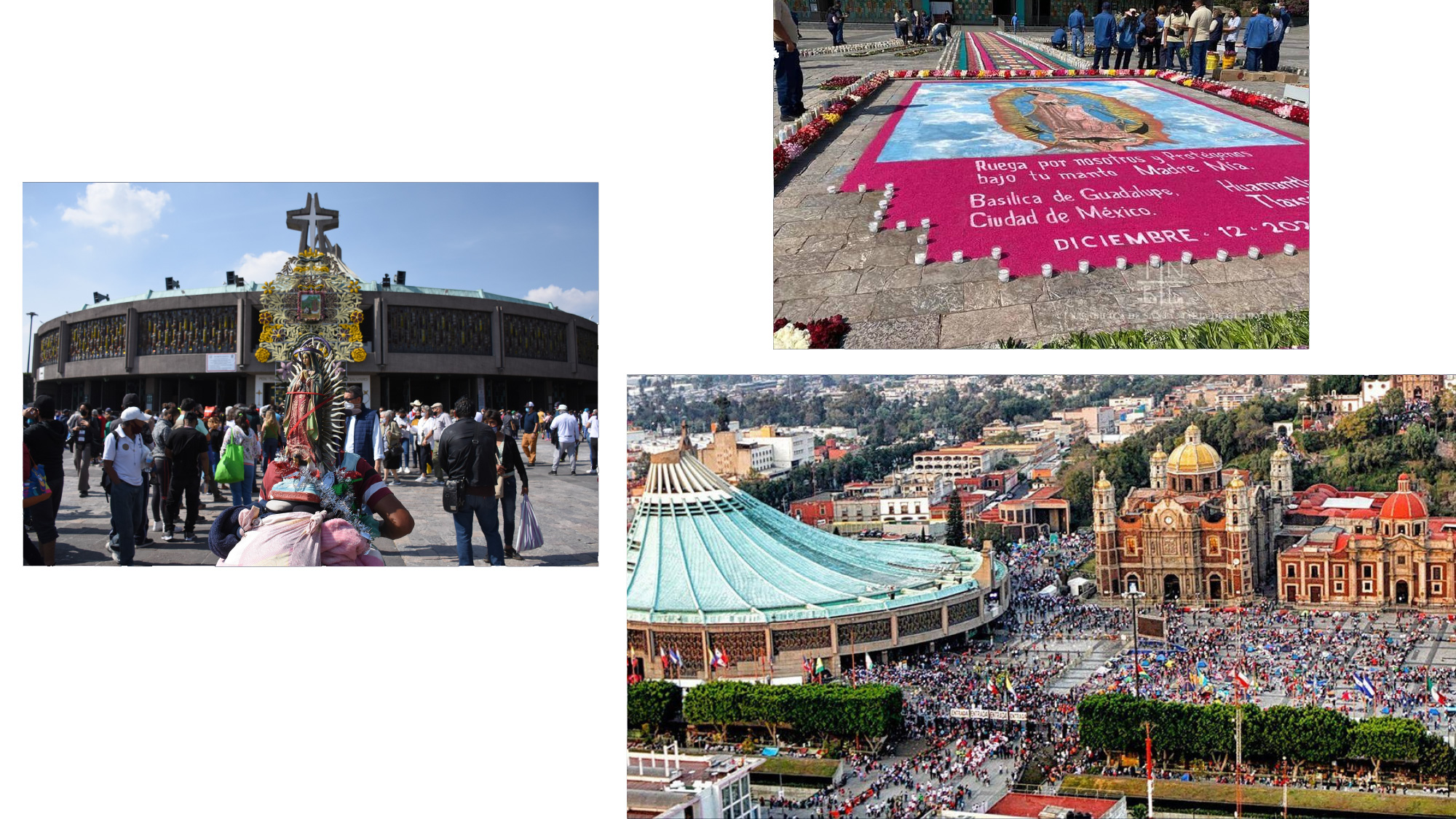
POSADAS
Every year, the posadas take place from December 16 to 24. They are one of most beautiful traditions in Mexico that you cannot miss. During the 9 days of the posadas, prayers are said, and each one has a different meaning: humility, strength, detachment, charity, trust, justice, purity, joy and generosity. By custom, a different house is set aside for each day, where neighbors and family members organize themselves to carry out these activities. After the prayers, there social gathering food drinks are offered attendees they can break traditional piñata.
In the posadas it is customary for participants to sell their eyes to break the piñata, which is made of baked clay or cardboard and decorated with colorful papier-mâché decorations.
The piñata has an important meaning, it represents the hard work and effort to put end evil. body symbolizes evil or sin, seven spikes represent deadly sins, blindfolded eyes blind faith stick with which is hit willpower.
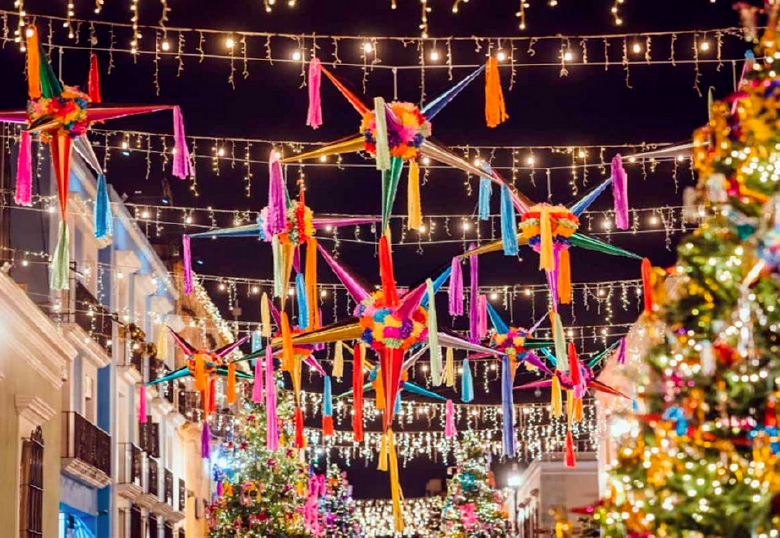
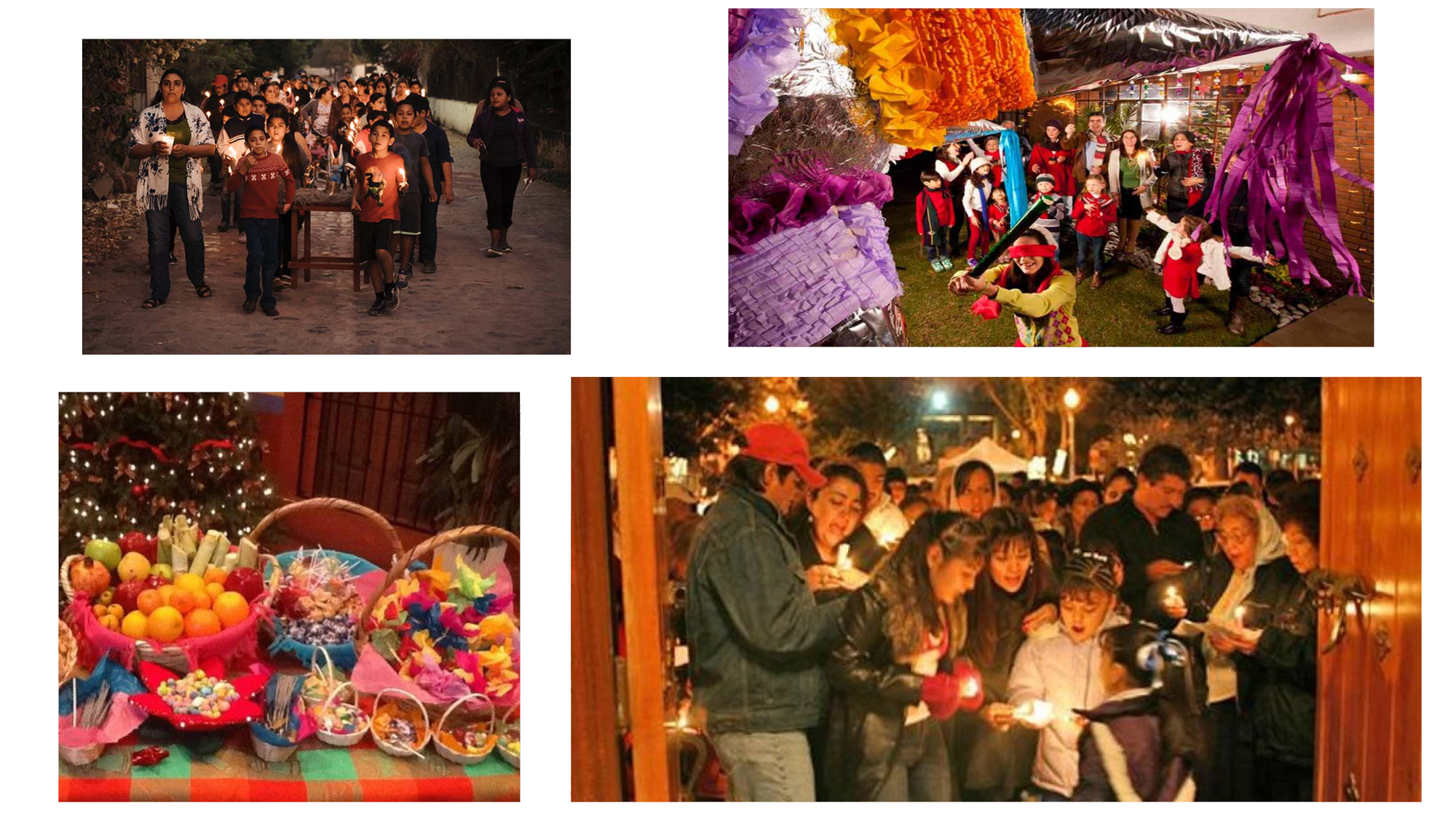

Typical mexican food
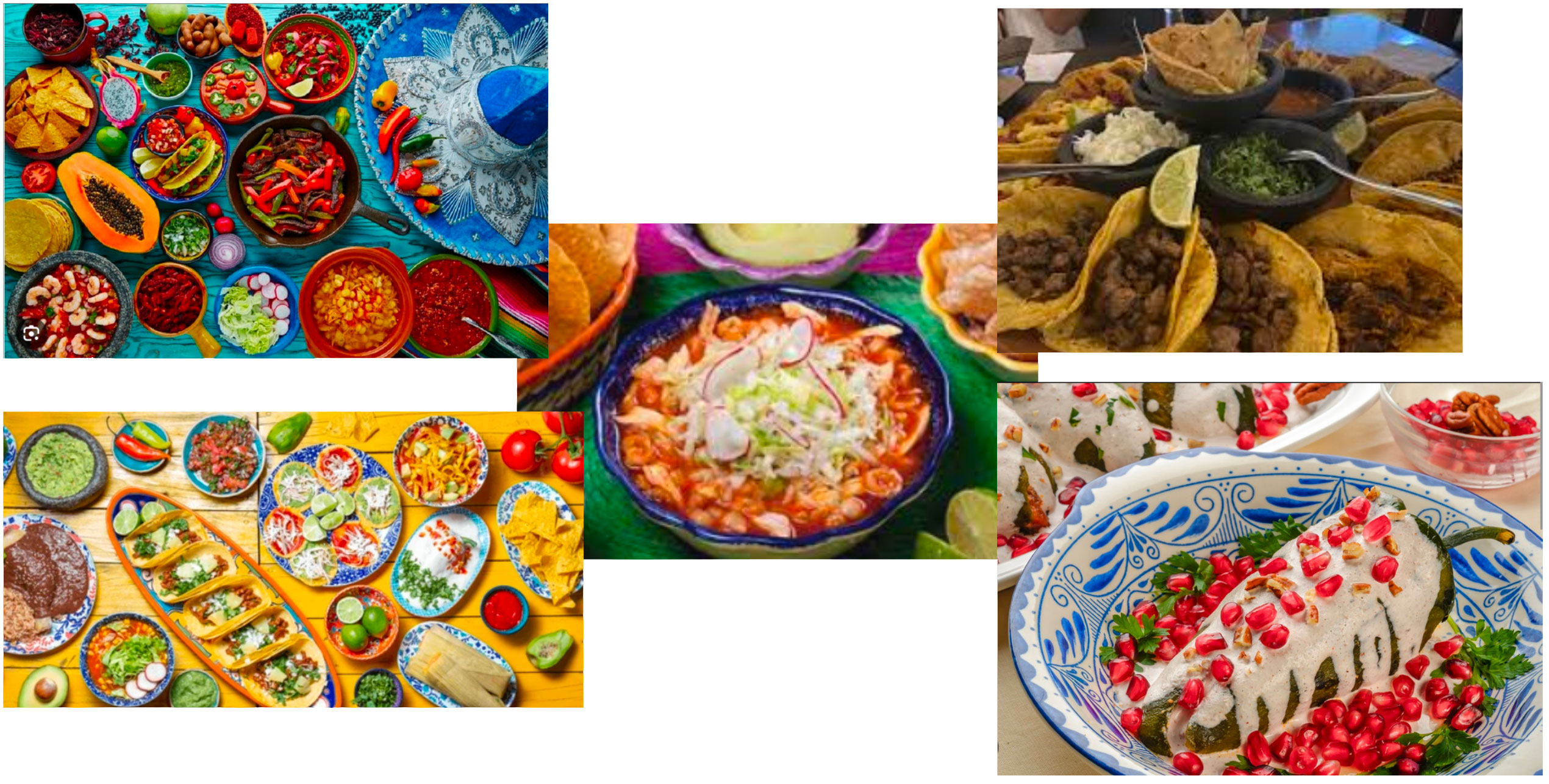
Mole
In Mexico if you are celebratingsomething probably the main dishon the table will be a good Mole.In our country you can find a greatvariety of them, some become sosophisticated that they can containan endless number of ingredientsfrom different parts of the worldthat when mixed correctly take anundoubtedly Mexican identity. It isa sauce that is alive and truly whenyou put it in your mouth it literallybecomes a great feast for thepalate.
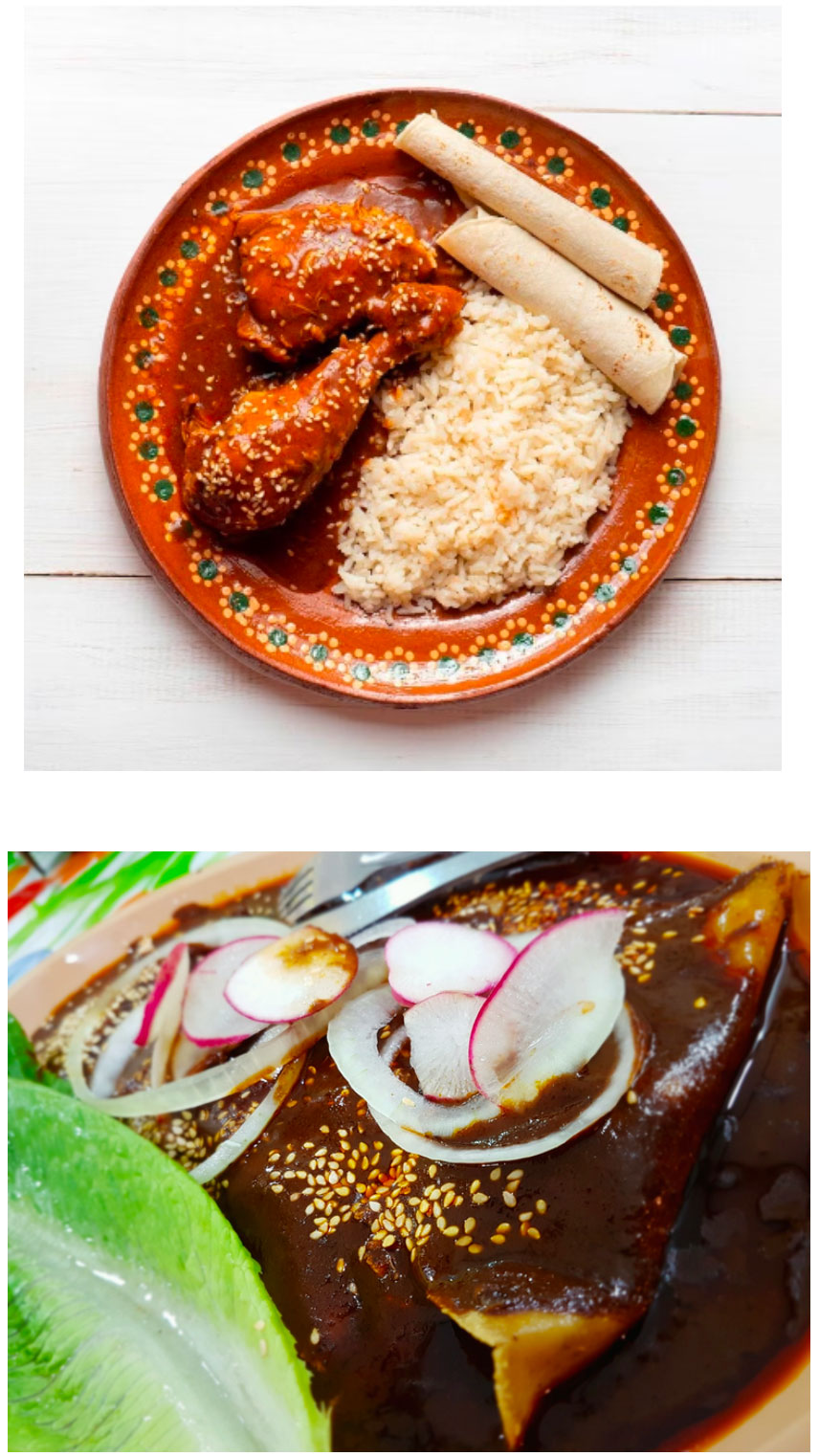

Pozole
Pozole is a traditional Mexican brothmade from nixtamalized corn kernels,commonly of the cacahuazintlevariety, to which meat, vegetablesand spices are added, depending onthe region. Pozole is cooked withpork. Nowadays pozole hasundergone changes and differencesassociated with the region where it isprepared and consumed. In the stateof Guerrero, white and green pozoleis prepared, while in Mexico City,Sinaloa, Nayarit and Jalisco the redvariant is consumed.
Cochinita pibil
In Mexico, the cuisine, like the map, is divided into severalregions. The gastronomy of each of them is very differentfrom the other. The cuisine of Yucatan is quite particular.First of all, because it developed far away from what washappening in the center of the country, and because of theinfluence of the Maya. It is not for nothing that it is animportant part of the gastronomic routes and the bestknown dish of this area is cochinita pibil.
The cochinita pibil is part of the cultural fusion thatdeveloped in Yucatán: Spanish and Mayan. This dishprepared with pork marinated in achiote and wrapped inbanana leaves, was traditionally cooked inside a hole inthe ground over hot stones, since pibil in the Mayanlanguage means “under the ground”. This preparation ofovens under the ground is especially representativebecause it was fundamental for the most importantcelebration of the pre-Hispanic world, the “Hanal Pixan”,or Day of the Dead. For this celebration, the Maya made alarge tamale containing various animal meats such asdeer and pheasant.
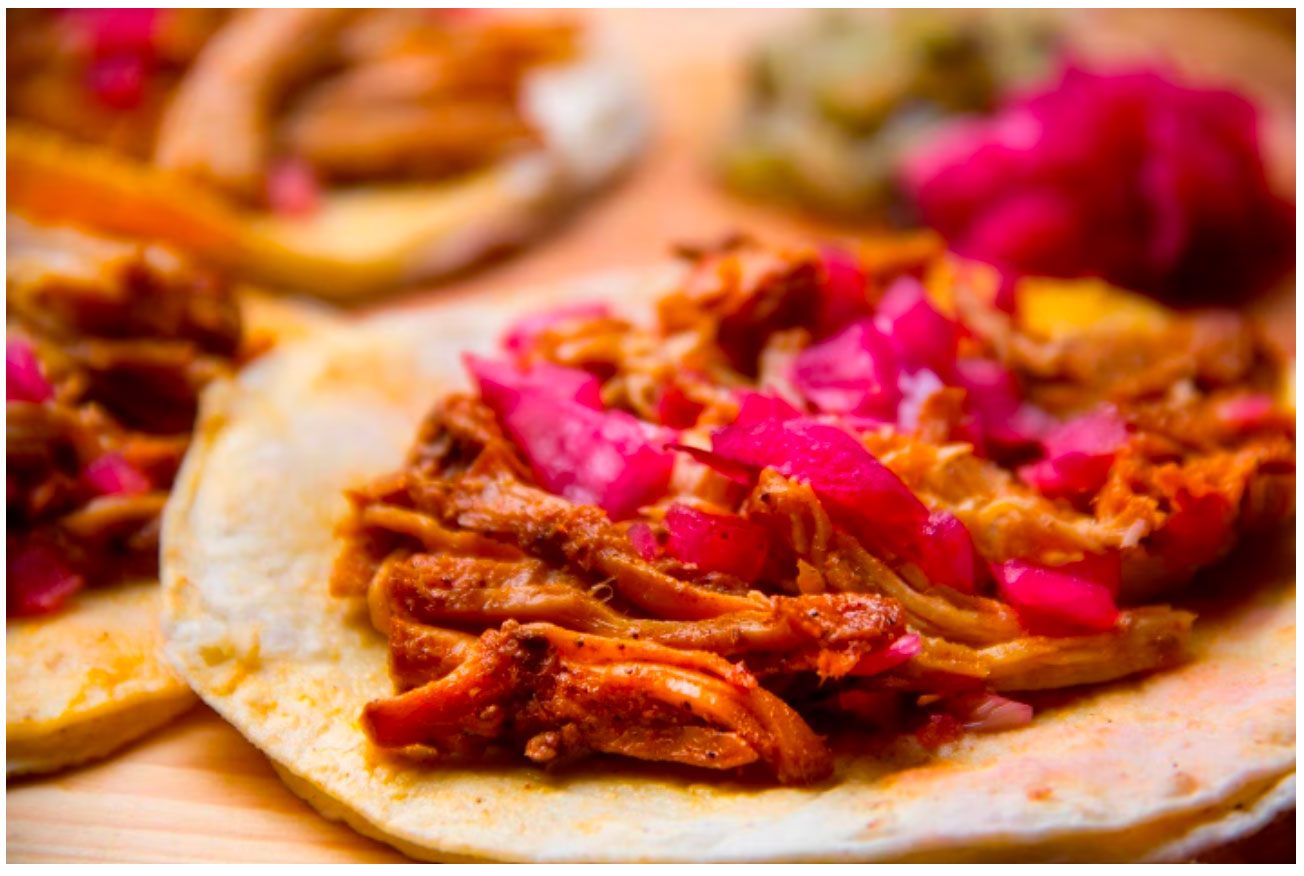
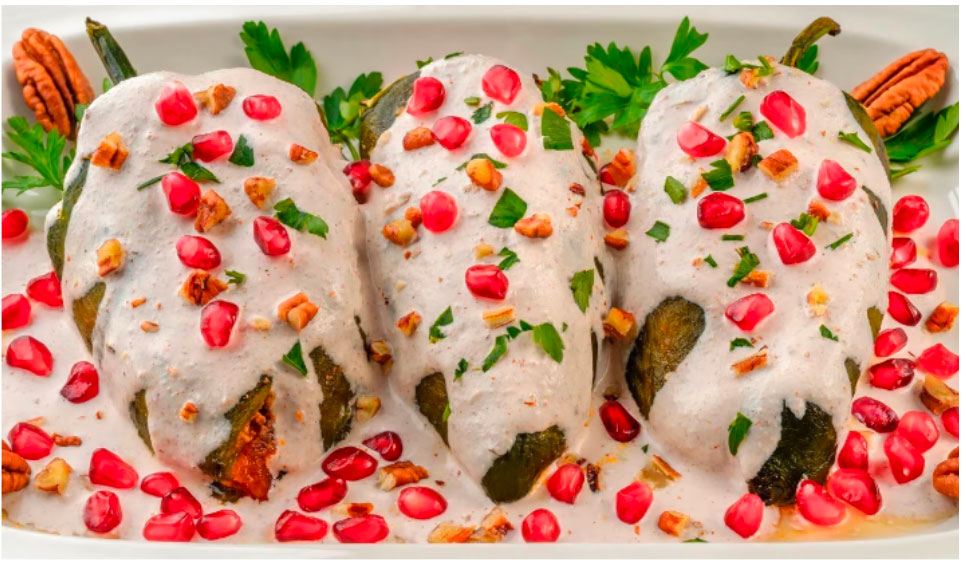
Chiles ennogada
This is one of the most representative, beautiful and deliciousdishes that you can find in our gastronomy. There aredifferent versions about its appearance, but it is known thatthis dish dates back to 1821. The chile en nogada is one ofthe typical dishes of Mexican gastronomy and of the state ofPuebla. It has been called the “Mexican dish parexcellence”. It is prepared with poblano peppers, stuffedwith a stew of minced meat and fruits, including corn starch,and to finish, it is covered with walnut cream (nogada),parsley leaves and pomegranate kernels. The colors of thechile en nogada are: green (from the parsley), white (fromthe nogada) and red (from the pomegranate), whichsymbolize the colors of the Mexican flag. Since 2010, it hasbeen recognized as Intangible Cultural Heritage ofHumanity by UNESCO.
Today it is one of the main dishes that accompany our nationalholidays.
Barbacoa
The barbacoa is a pre-Hispanic cooking methodthat consisted of forming a hole in the ground,heating it with wood embers and placing stones tocook at high temperatures. On these stones wereplaced the meats to be cooked wrapped in bananaor maguey leaves, depending on the region; to finishthe preparation, the meats were placedunderground and left to cook for long hours. Today ithas undoubtedly become a delicacy and for some, adelicious and effective remedy for hangovers.
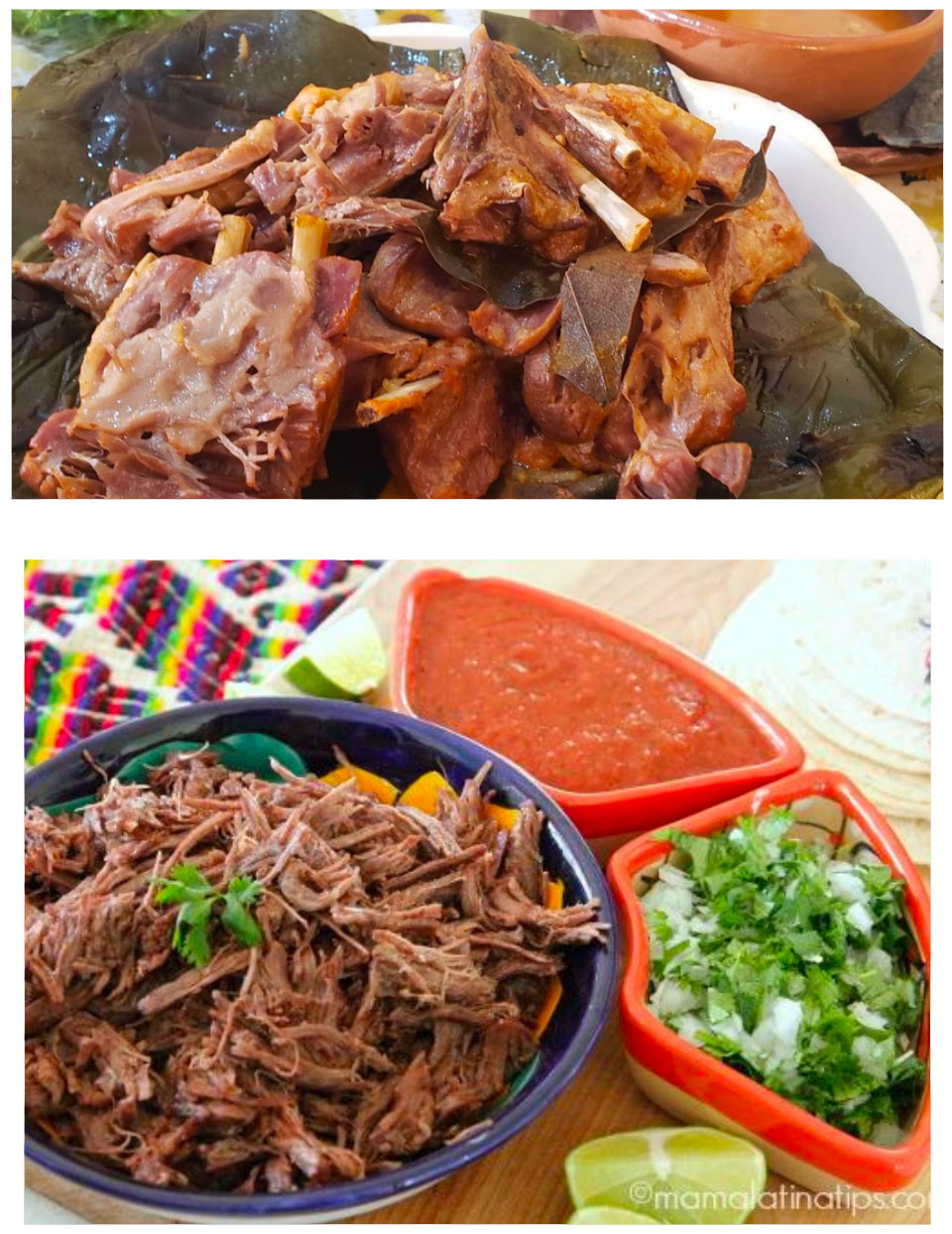
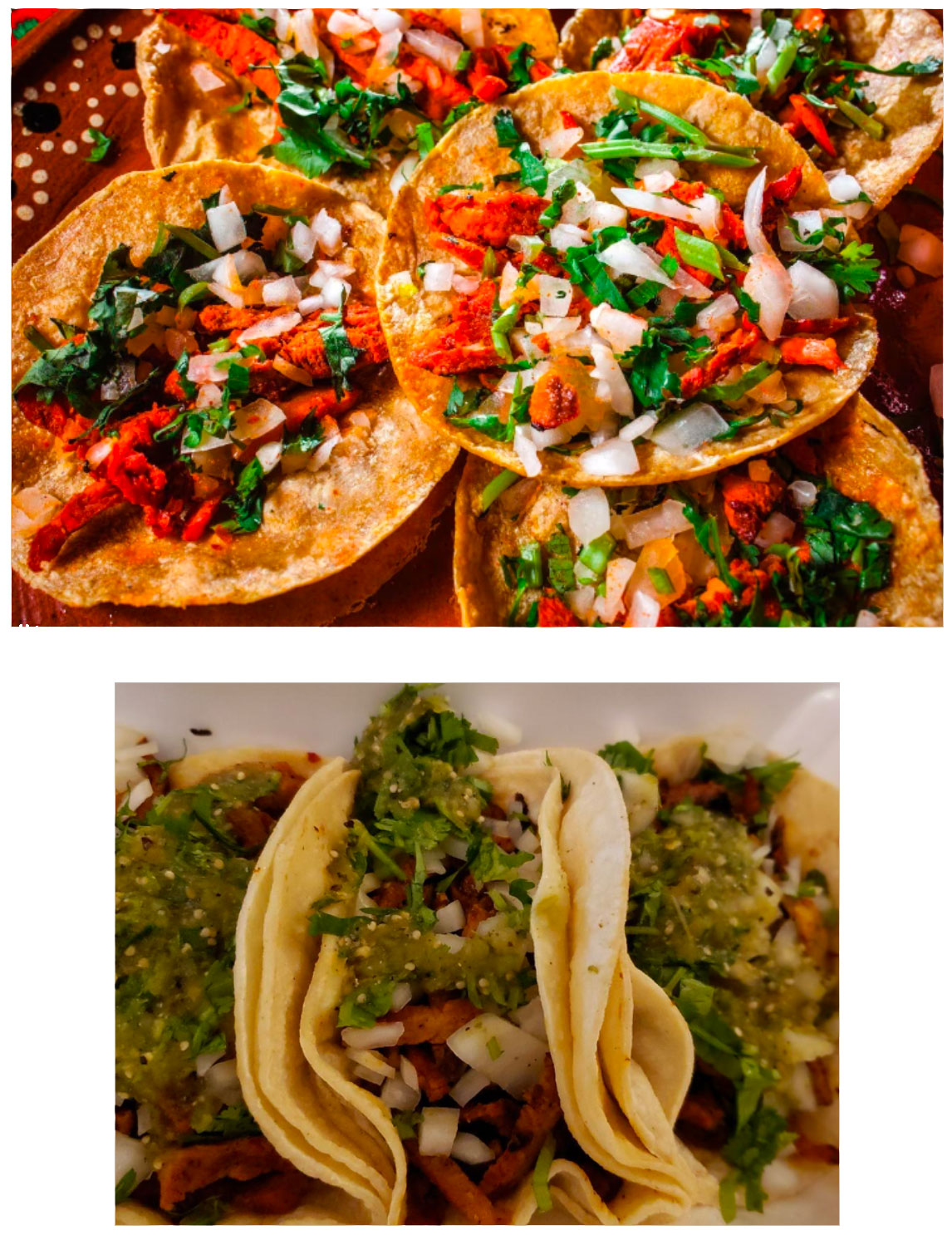
Tacos
The taco, which is part of Mexico’scultural and gastronomic diversity.Whether it is al pastor, carnitas,longaniza, cochinita, barbacoa, birria,carne asada, chicken, chile, nopal conqueso, chapulines, avocado, amongothers; the taco has an incredible varietythat is for the tastes of all corn lovers.Although its origin is unknown, it isbelieved that the taco was born as thebasis of an Olmec diet thanks to the firsttraces of nixtamalized corn.
Tamales
Tamales are found all over the Americancontinent, but you should not miss theYucatecan style tamales, one of the mostpopular of Mexican food. A tamale is acorn dough filled with some meat,vegetable or fruit usually wrapped in a cornor banana leaf. The Yucatecan tamale issteamed or baked and is commonlywrapped in a banana leaf. If you are luckyenough to visit Mexico on or around theDay of the Dead, be sure to try pibipollo ormukbil pollo. This is a slightly larger thanusual tamale, filled with chicken andcooked underground.
Tamales are an important part of Mexicanculture and are a must during keycelebrations such as Day of the Dead orCandlemas Day.
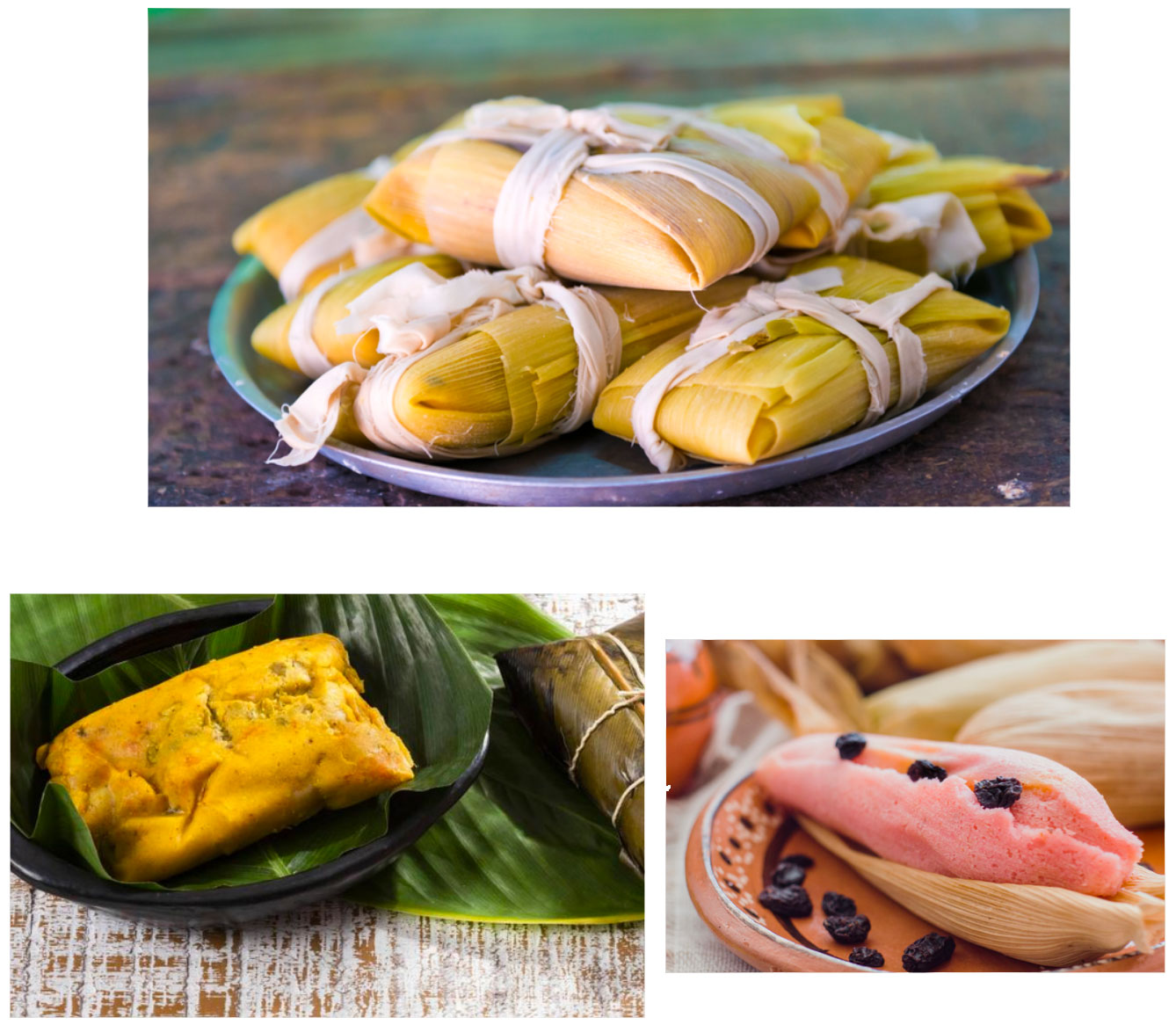

Mexican music
Mexican music is rich in a variety of genres, rhythms and themes. It is the result of the crossbreeding between European and American traditions, but has deep roots in pre-Hispanic and African, although little recognized in other cultural fields, it is in music where it acquires greater relevance.
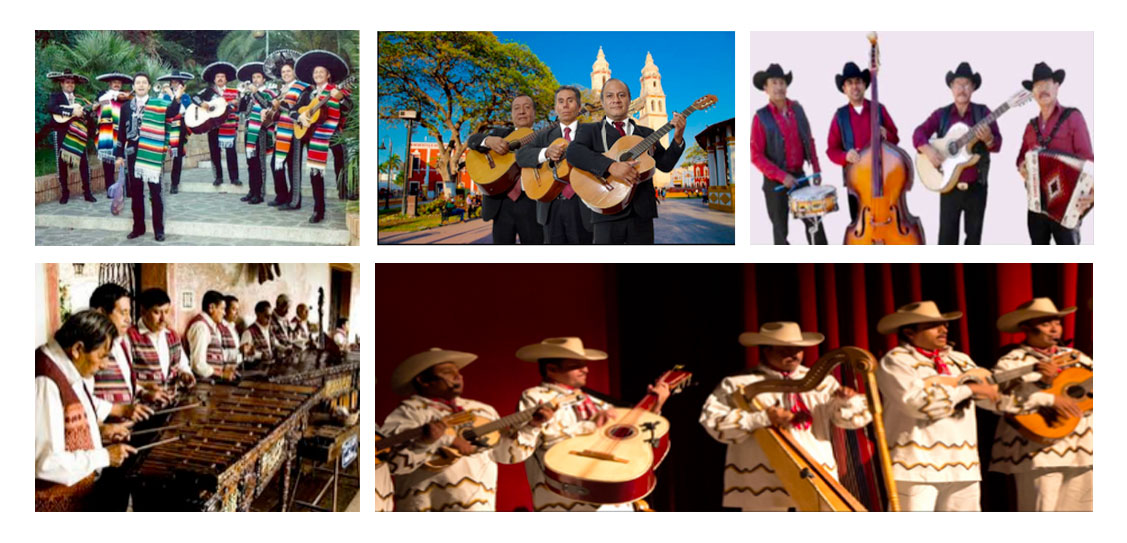
Mariachi
Marichi, a musical organization that currently identifies Mexico, is a form of artistic expression that unifies the country and its inhabitants through its sounds. The emotions and feelings that are shown in a serenade or popular party, are present in all social events.
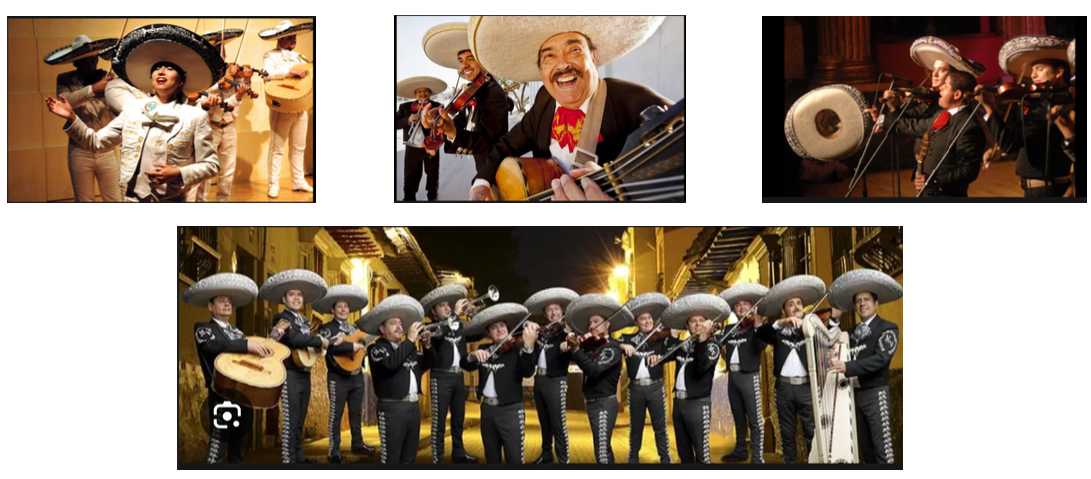
Conjunto norteño
The conjunto norteño is a type of Mexican musical ensemble, with origins in northern Mexico and southern Texas, in the United States, where it is known as conjunto. The instrumentation consists of button or key accordion, bajo sexto or bajo quinto, contrabass or tololoche, drums, redoba or tarola and optionally, saxophone. The musical forms that are part of their repertoire are: canción ranchera, corrido, cumbia, ballad, huapango, polka, redova and chotis.

Marimba
Marimba music is heard in the south of Mexico, in the states of Chiapas, Tabasco, Quintana Roo, Campeche, Yucatan and Veracruz. In Tuxtla Gutierrez, Chiapas, there is a park dedicated to the marimba called El Parque de la Marimba, where they play marimba music every day at 18:00 (6:00 p.m.) GMT-6. In this park they record a series called “Con El Son de la Marimba” and there you can see the groups and people dancing in the park.
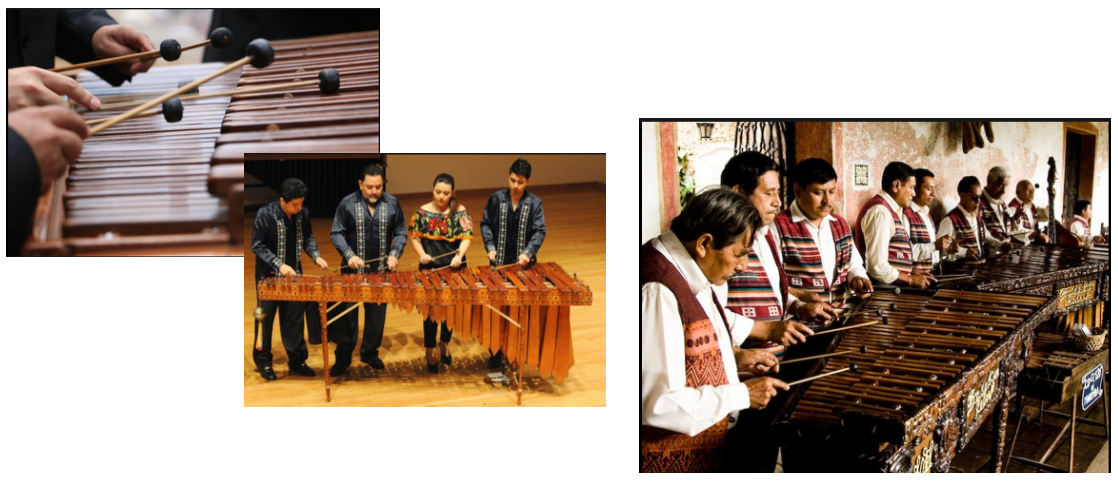
Trío romántico
A romantic trio is a group of guitarists and singers, who perform romantic songs to the rhythm of bolero, Cuban son, waltz, bambuco, and pasillo, generally. The first romantic guitar trios developed in Mexico, were based on the Cuban trios that played rhythmic bolero and guaracha. Pioneers were the trios: Los Panchos, Los Hermanos Martínez Gil, Los Tres Ases, and Trío Calaveras.
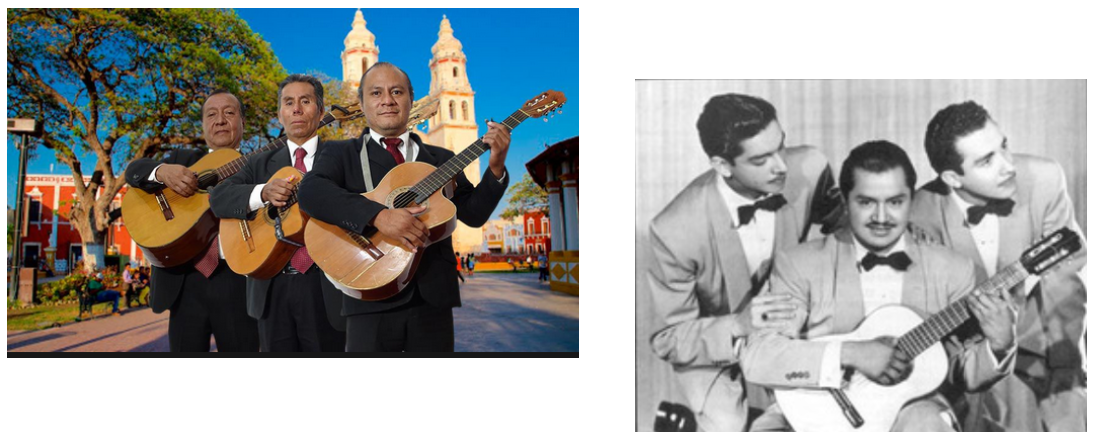
Música folklórica
La música folklórica or traditional music is the name for popular music that is transmitted from generation to generation orally (and nowadays also academically) as part of the values and culture of a people. Thus, it has a marked ethnic or roots character. Within traditional music, there are some that have transcended beyond their origin, such as flamenco, jota, tango, country music, samba, cumbia and, in general, many of the Latin rhythms that have maintained their own entity over time and have become more than just a dance.
